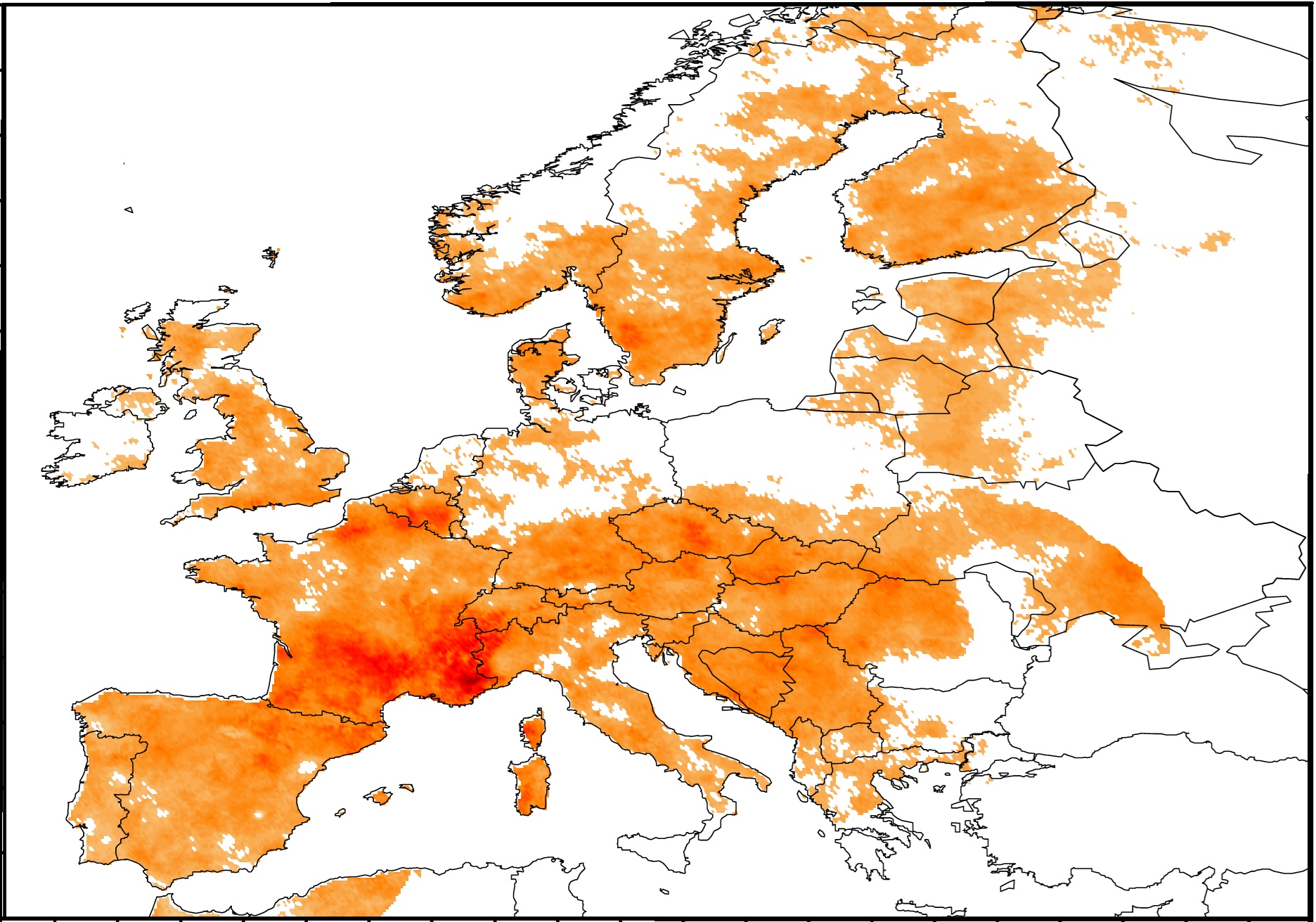Revealing the causes of extreme events (not only in weather) using Rényi entropy
The results of the joint research of the Institute of Informatics of the Czech Academy of Sciences and the Institute of Measurement Science of the Slovak Academy of Sciences were published in the top scientific journal Science Advances. The journal belongs to the Science family of journals and supports the mission of the American Association for the Advancement of Science (AAAS) to identify and promote significant advances in science and technology across a wide range of areas.
Unusual weather fluctuations, financial market crashes, epileptic seizures, and other extreme events intrigue scientists around the world. The mechanisms behind these events and methods for early warning are subjects of intense research.
In a recent study, a scientific team from the Institute of Computer Science of the Czech Academy of Sciences (Milan Paluš, Pouya Manshour) and the Institute of Measurement Science of the Slovak Academy of Sciences (Martina Chvosteková), led by Milan Paluš, offers an answer to a fundamental question:
Which of two or more potential driving variables causes extremes in the affected variable?
The answer is provided by a newly designed method that utilizes Rényi entropy, a generalization of the Shannon information concept. The algorithms were tested on numerical simulations and climate data, analyzing the causes of cold extremes in Europe, such as dangerous frosts at the beginning of the growing season. The results show that, the increased probability of cold extremes in winter and spring air temperature in Europe, is caused by the Siberian High.
The results of this research were published in the prestigious scientific journal Science Advances:
Paluš, M. Chvosteková, P. Manshour: Causes of extreme events revealed by Rényi information transfer. Science Advances 10, eadn1721 (2024). DOI:10.1126/sciadv.adn1721
https://www.science.org/doi/full/10.1126/sciadv.adn1721
This research was supported by the prestigious Academic Premium (Praemium Academiae), of the Czech Academy of Sciences, awarded to RNDr. Milan Paluš, DrSc., in 2019.

Figure. Illustration of the coincidence analysis for the cold extremes in the spring air temperature in Europe. The portions of cold extremes coinciding with SH condition (SH – the Siberian High is a dominant circulation system over the Eurasian continent created by a massive collection of cold dry air that accumulates in the northeastern part of Eurasia from September until April). Only the statistically significant (z-score > 2) coincidence values are colored.
 Contacts
Contacts Intranet
Intranet SK
SK